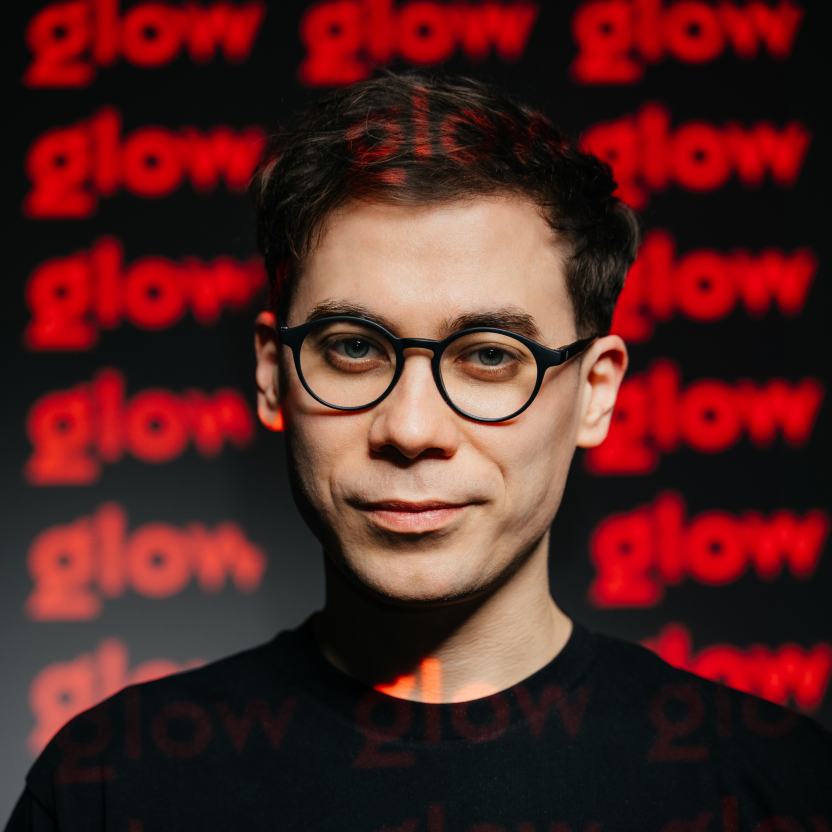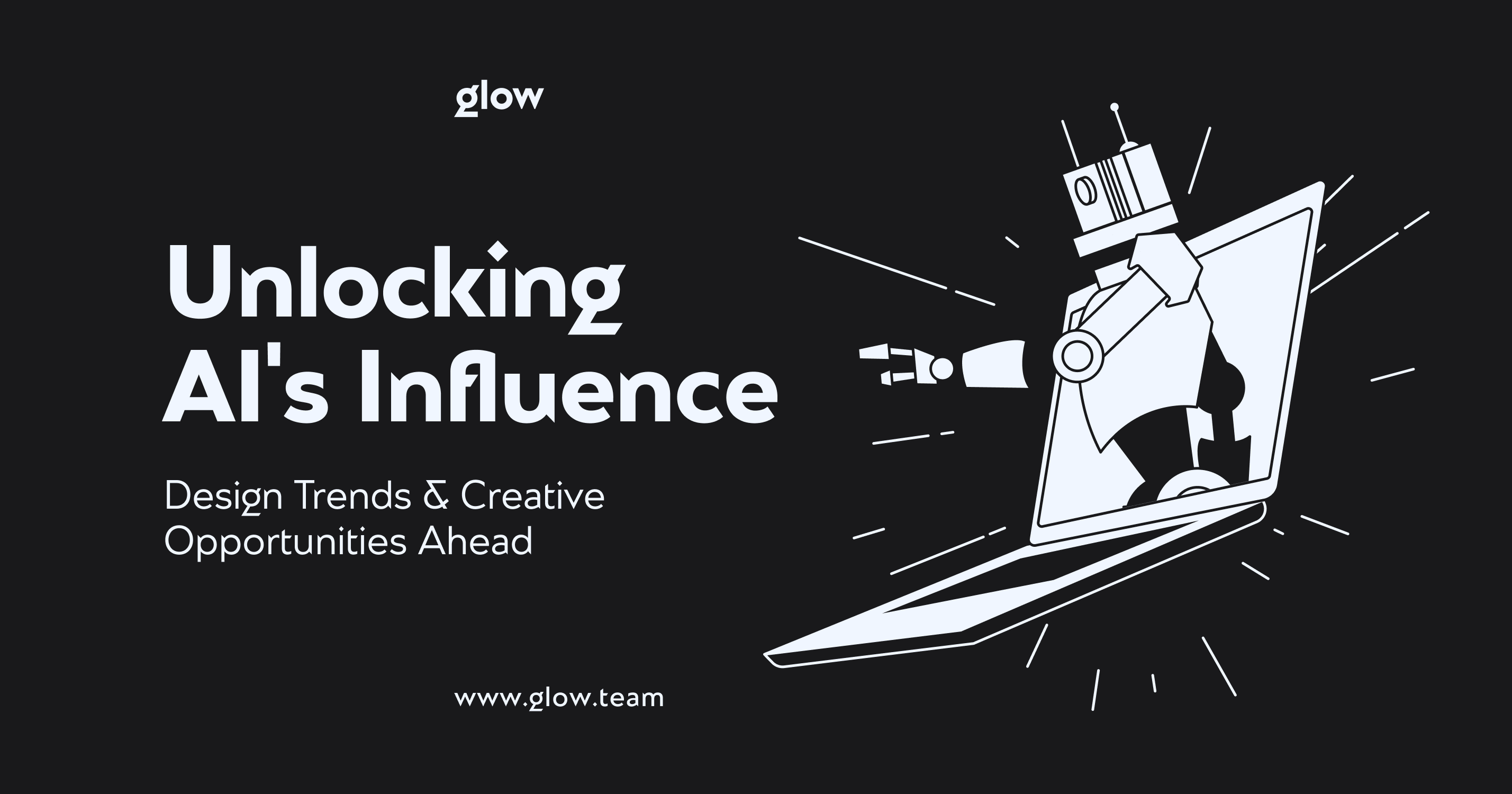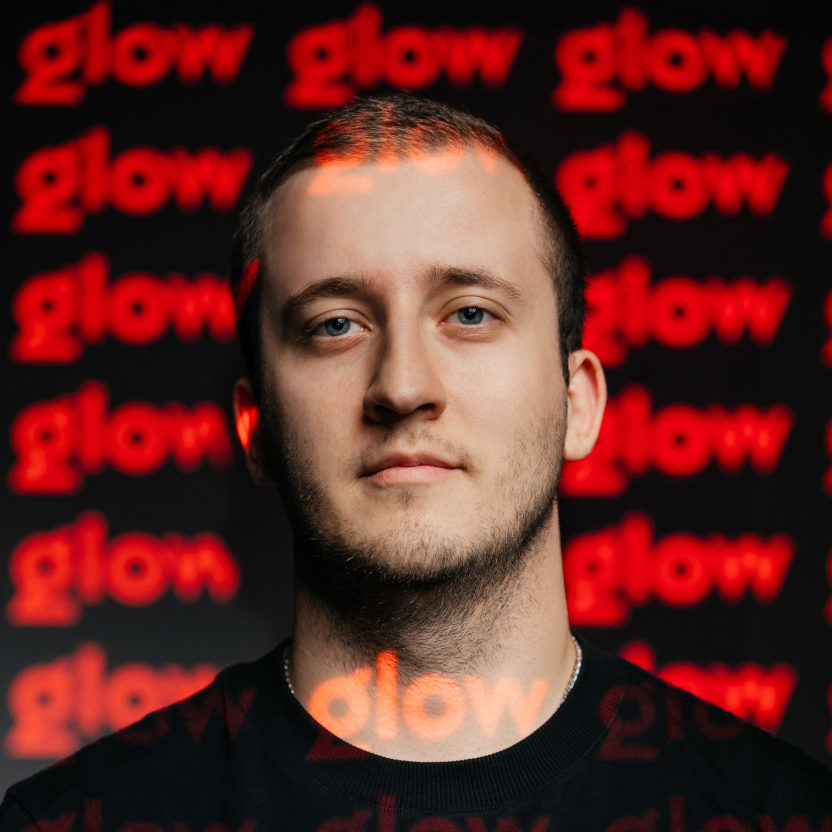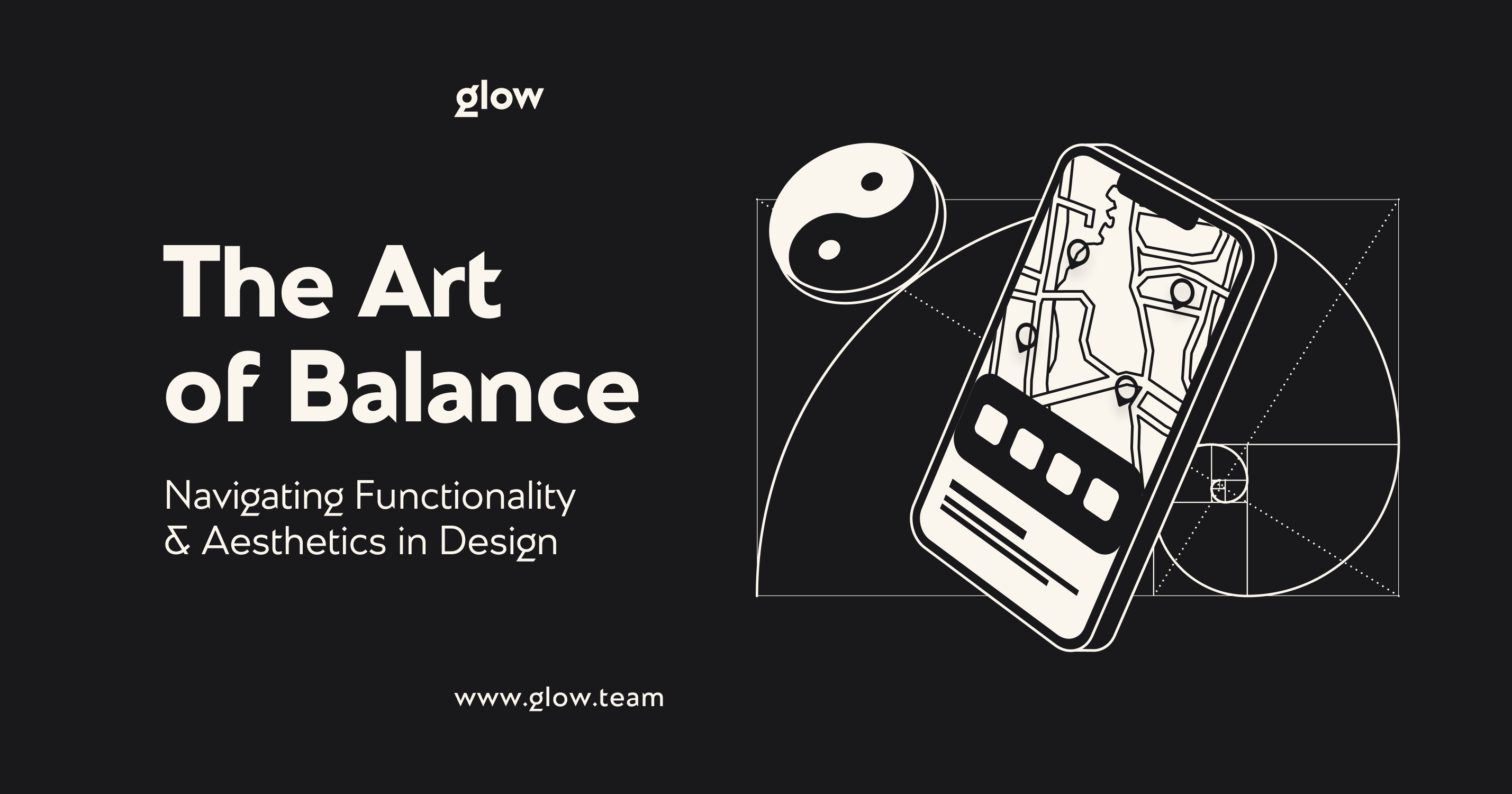Imagine a world where AI becomes your creative partner. It's not science fiction; it's happening right now. AI is changing visual design trends at breakneck speed. And as a leading design company, Glow is seeing more daily developments.
Designers are entering a new era of opportunity. Artificial intelligence tools are opening doors to fresh ideas. They are increasing efficiency and pushing creative boundaries. But this shift raises questions and challenges. How will AI change trends in design? What new skills will designers need? Can AI and human creativity work in harmony?
In this article, our company decided to explore the AI revolution in design. We'll take a look at emerging trends and exciting opportunities. Get ready to learn how AI can change your creative process. The future of design is here, and it's more exciting than ever.
Introduction
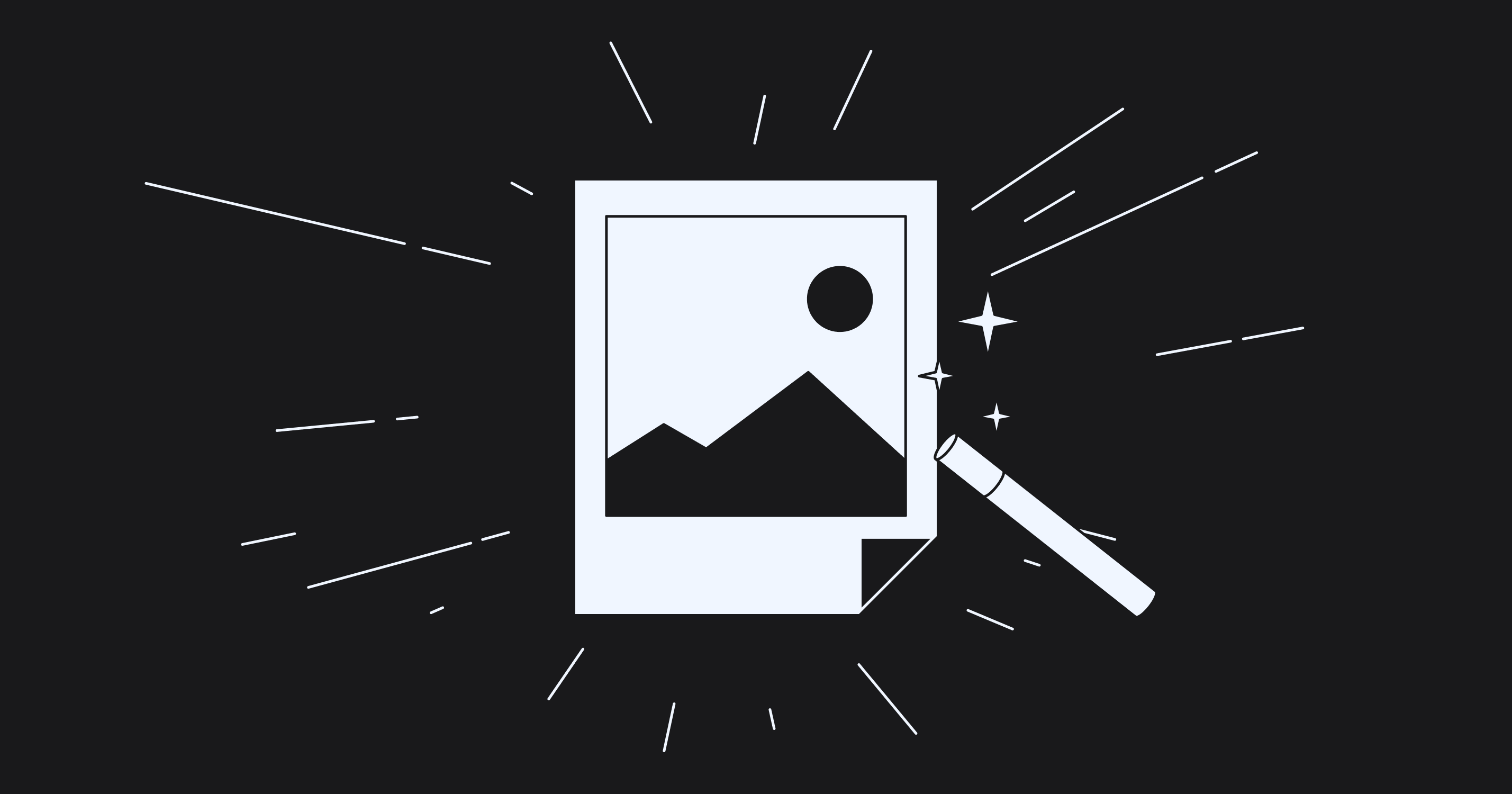
AI is making big waves in visual design. It's changing the way designers work and create. AI tools can generate images, layouts, and color schemes instantly. They can also enhance photos and create 3D models. These tools are getting smarter and more user-friendly, and many are worried about the impact of graphic design. But while you worry, other designers take full advantage of AI to speed up their workflow.
It is worth making a very important remark: AI does not replace human creativity. It becomes a powerful assistant. That is, designers learn to work effectively together with AI.
Visual design trends are crucial in this AI-driven landscape. For one thing, this field is powered by machine learning in design. ML drives AI's power, and you can enjoy the benefits.
Staying abreast of trends is vital for designers. It helps them create relevant and appealing work. AI helps to identify current trends, inspire innovation, and push creative boundaries.
Understanding AI and trends is key to success in visual design. It is an exciting time for the field.
Understanding AI in Visual Design
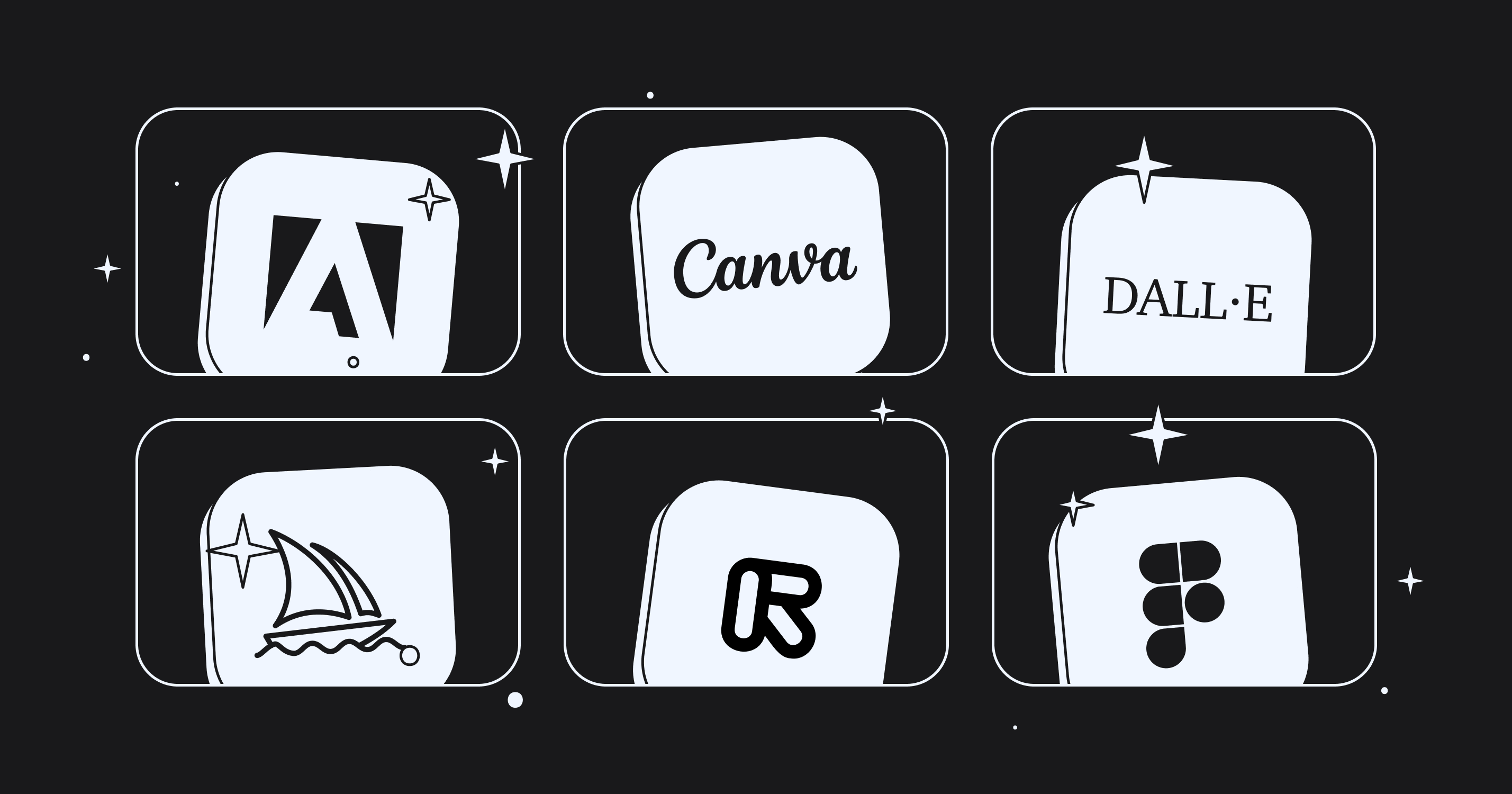
AI is transforming visual design, with several key players leading the way. These tools are changing how designers work and create. Here are some important AI-driven design platforms for the future of graphic design:
- Adobe Sensei: Powers AI features across Adobe's creative suite.
- Canva: Offers AI-assisted design for various skill levels.
- DALL-E: Generates unique images from text descriptions.
- Midjourney: Creates AI art based on text prompts.
- Runway ML: Provides AI-powered video editing and effects.
- Figma: Incorporates AI to streamline UI/UX design workflows.
- Nvidia Canvas: Turns simple brushstrokes into realistic landscapes.
These tools are constantly evolving. They're making design more accessible and efficient. Designers are learning to use them effectively in their work.
Evolution of Visual Design Trends with AI
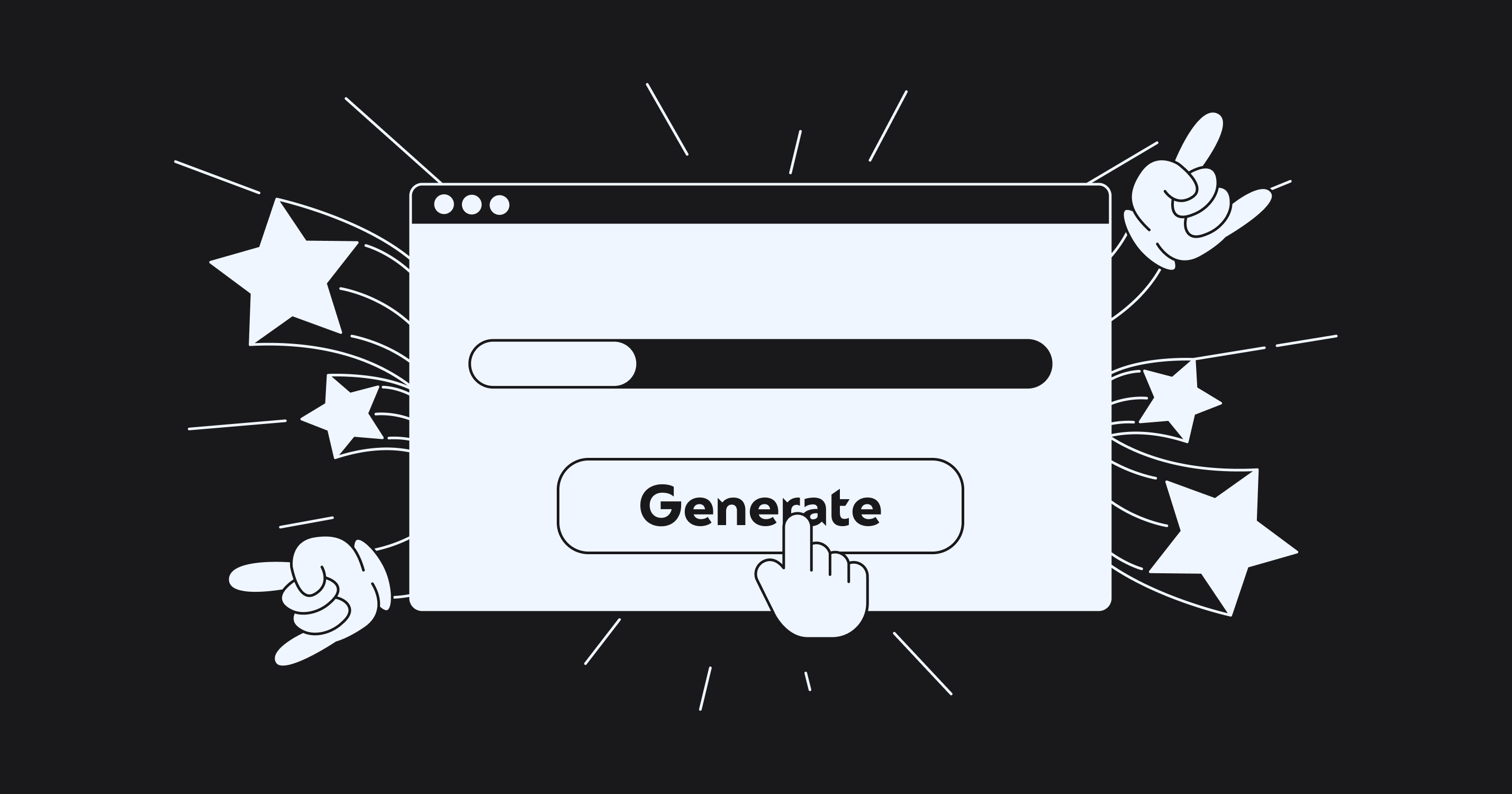
The impact of AI on graphic design is changing visual design trends. It influences everything from color selection to layout design. Generative AI creates unique patterns and textures. These new elements appear in backgrounds and graphics.
3D and augmented reality design is becoming increasingly common. AI helps to create realistic 3D models quickly. Personalized designs are also on the rise. AI analyzes user data to tailor visuals to the individual.
Minimalism is getting a technological upgrade with the help of AI. Motion graphics are becoming more dynamic thanks to AI tools. These trends show how AI is changing visual design. It opens up new opportunities for creativity and innovation. Designers are adapting to these visual design trends and mastering new techniques.
Traditional vs. AI-driven trends
Traditional design trends often evolve slowly over time. They are influenced by culture, technology, and art directions. Designers usually follow these trends by hand. They rely on their skills and experience to create designs.
However, trends driven by artificial intelligence can emerge much faster. They are shaped by data analysis and machine learning. AI can quickly generate new styles and combinations. It can also predict upcoming trends based on user preferences.
This shift is changing the way designers work. Traditional methods still have their place. However, artificial intelligence tools are opening up new possibilities and have an impact on graphic design. They help designers work faster and find new ideas. The challenge now is to balance human creativity and AI assistance. It's an exciting time for visual design.
Examples of AI-Enhanced Visual Design Trends
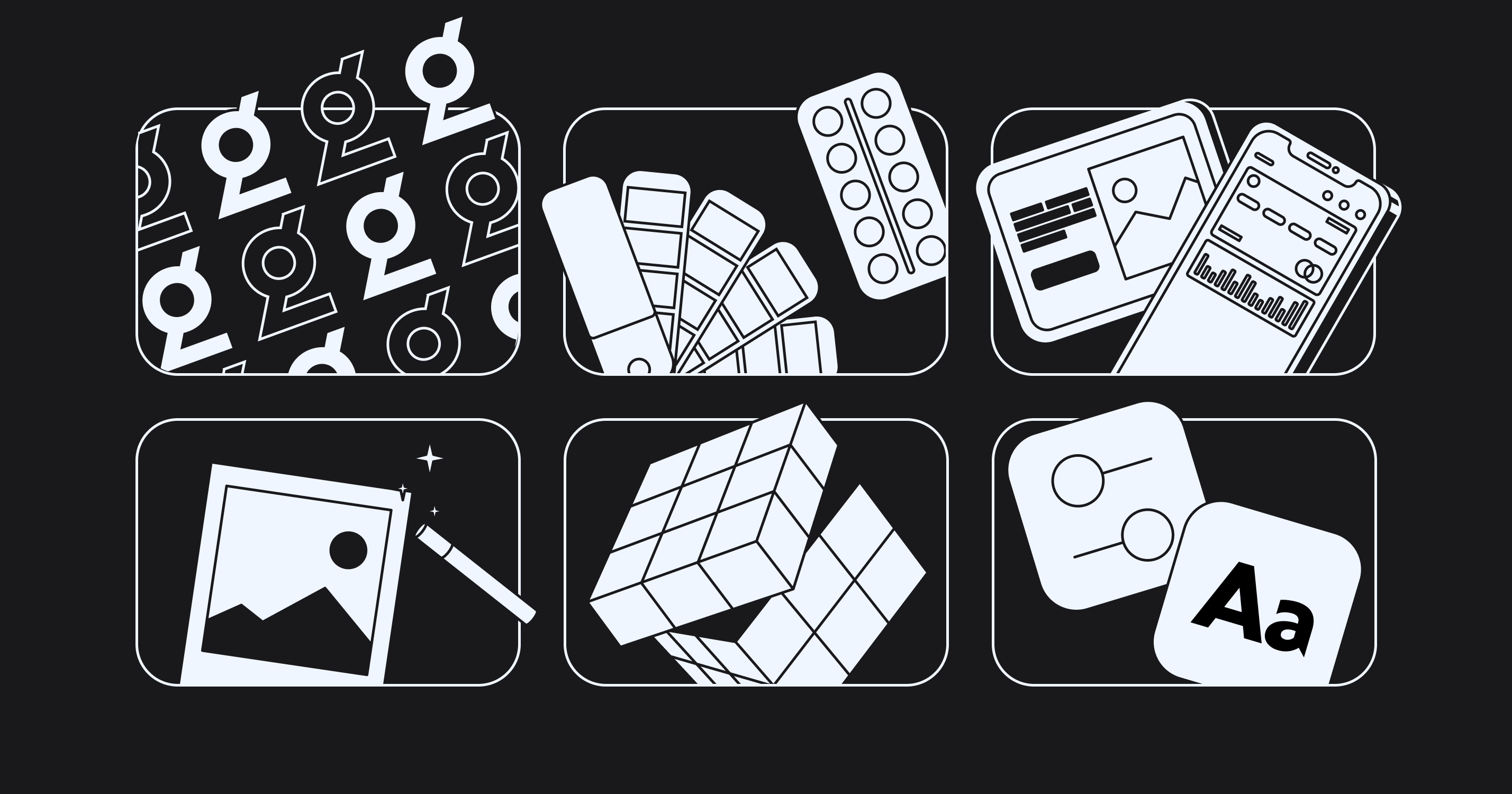
AI is driving several exciting trends in visual design. Here are some examples:
- Generative Patterns. AI creates complex, unique patterns for backgrounds and textures.
- Smart Color Palettes. AI suggests harmonious color schemes based on input images.
- Adaptive Layouts. Designs automatically adjust to different screen sizes and user preferences.
- Personalized Visuals. Graphics change based on user data and behavior.
- AI-Assisted 3D. Complex 3D models and environments are created more easily.
- Dynamic Typography. Fonts adapt and morph based on context or user interaction.
- Automated Photo Enhancement. AI improves image quality and aesthetics automatically.
These trends are reshaping visual design across industries. They're making designs more dynamic and personalized. AI is helping designers work faster and explore new creative territories. It's exciting to see how these trends will evolve further.
Challenges and Ethical Considerations

As AI changes visual design, AI has several disadvantages in graphic design. So let's take a look at some of them:
- Originality. AI-generated designs may lack unique human creativity.
- Job Displacement. Some fear AI might replace human designers.
- Copyright Concerns. Who owns AI-created designs? It's a complex question.
- Bias in AI. AI tools might reflect societal biases in their outputs.
- Over-reliance on AI. Designers may lose core skills by depending on AI.
- Privacy Issues. AI tools often require user data to function well.
These challenges require careful consideration from the design community. We need to find a balance between AI assistance and human creativity.
Ethical guidelines for AI in design are still developing. Designers must stay informed about these issues. They should use AI responsibly and maintain their unique creative vision.
Future Directions and Opportunities
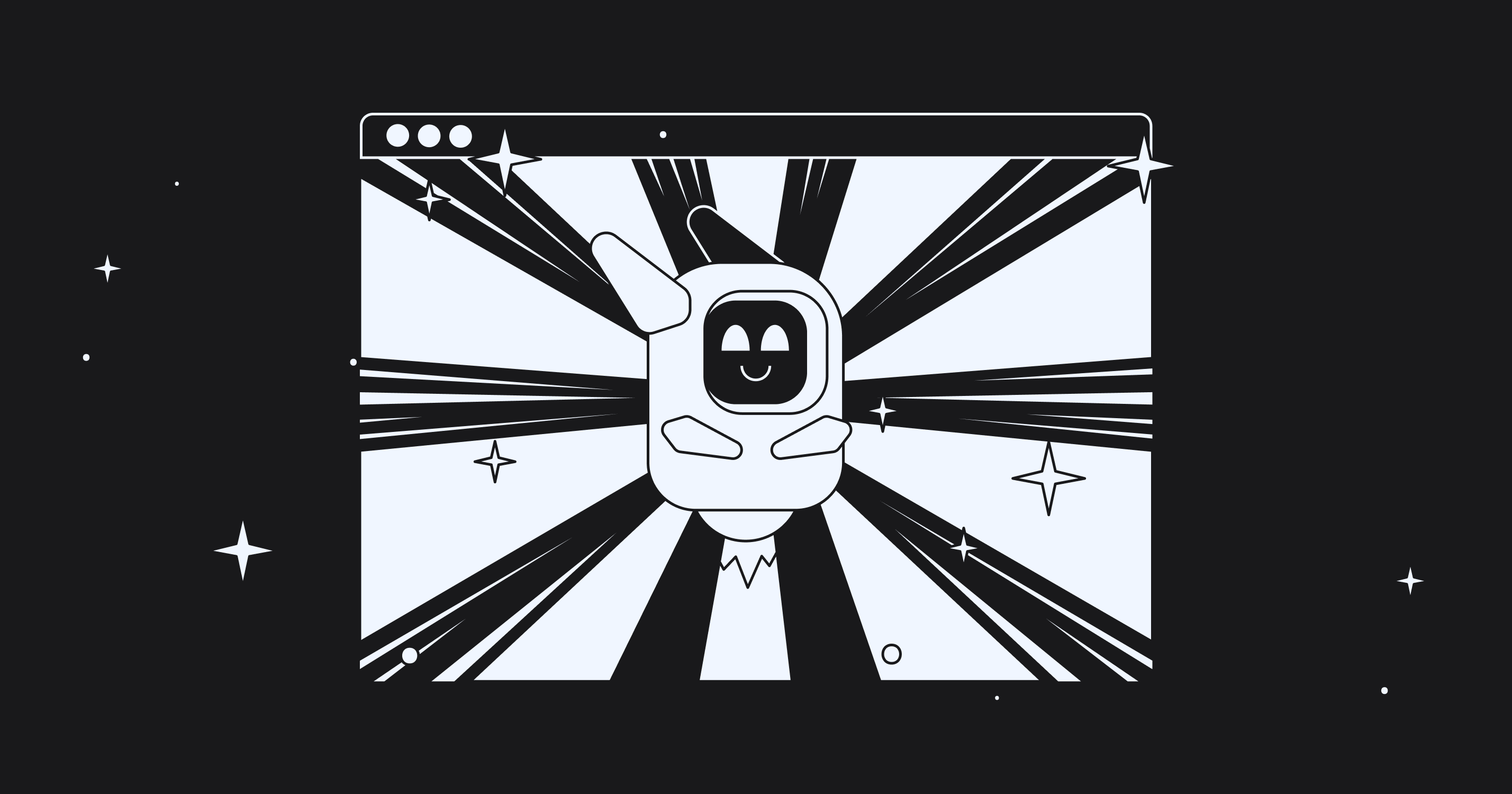
The future of AI in visual design looks promising. Here are some interesting directions and opportunities where machine learning in design can be applied:
- AI Collaboration. Designers will work more closely with AI assistants.
- Hyper-Personalization. Designs will adapt in real-time to individual users.
- Sustainable Design. AI will help create more eco-friendly visual solutions.
- Cross-Platform Consistency. AI will ensure brand coherence across all media.
- Immersive Experiences. AI will enhance AR and VR design capabilities.
- Accessibility. AI tools will make design more inclusive for all users.
These developments will open new doors for designers. They'll be able to focus more on strategy and creativity. Routine tasks will be handled by AI.
Designers who embrace AI will have a competitive edge. They'll need to learn new skills to work with AI effectively. The future of visual design is a blend of human creativity and AI power.
Conclusion

AI is revolutionizing visual design by offering new tools and opportunities. It is changing the way designers work and what they can create. The future looks exciting as AI opens up new creative horizons.
Designers who embrace AI will thrive in this new landscape. But if you are inexperienced and don't know how to do it, you can approach a qualified agency. Glow offers you innovative, effective, and personalized visual design.
